They say Icelandic has changed so little that Icelanders can read sagas without difficulty. I’m not sure about that, but you as a learner can at least read things from a hundred years ago without any problem.
The most memorable difference aside from vocabulary usage is the letter “z”. This used to be used, and had the same pronunciation as “s”. When they reformed the spelling of Icelandic in around 1970, they got rid of it. “Je” also used to be used instead of “é”, but this was in a slightly earlier era.

A reading book for children from 1930. As you can tell, not much difference from modern Icelandic.
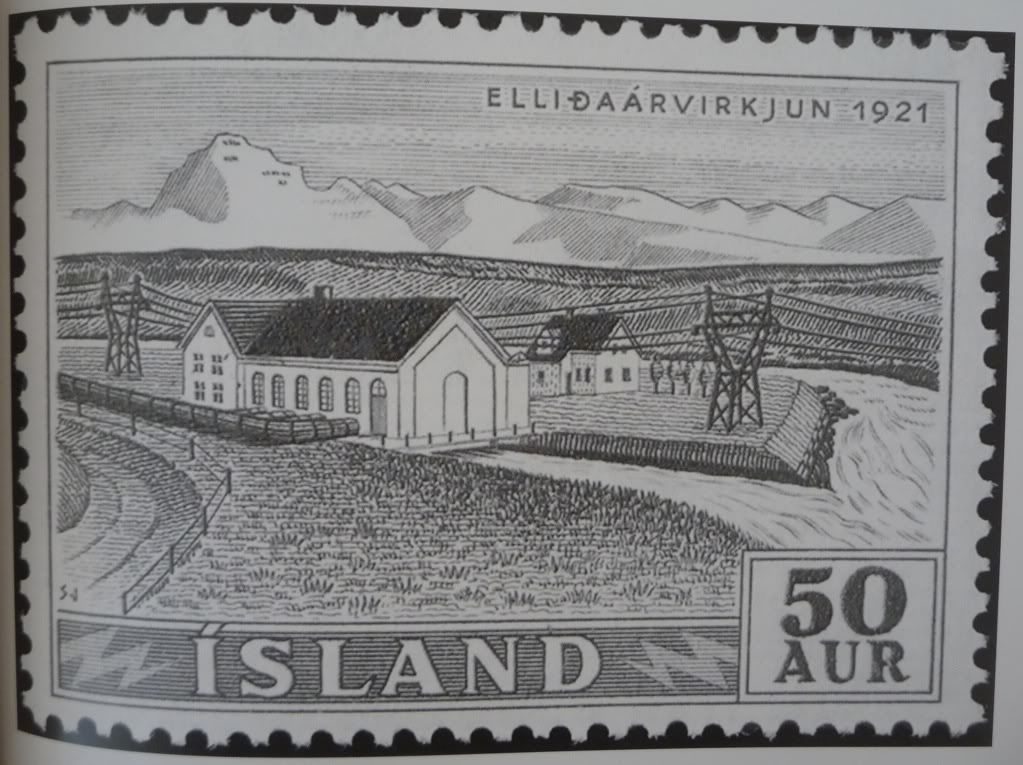
AUR stands for aurar (singular eyrir), which was less than a full crown and is no longer used today.
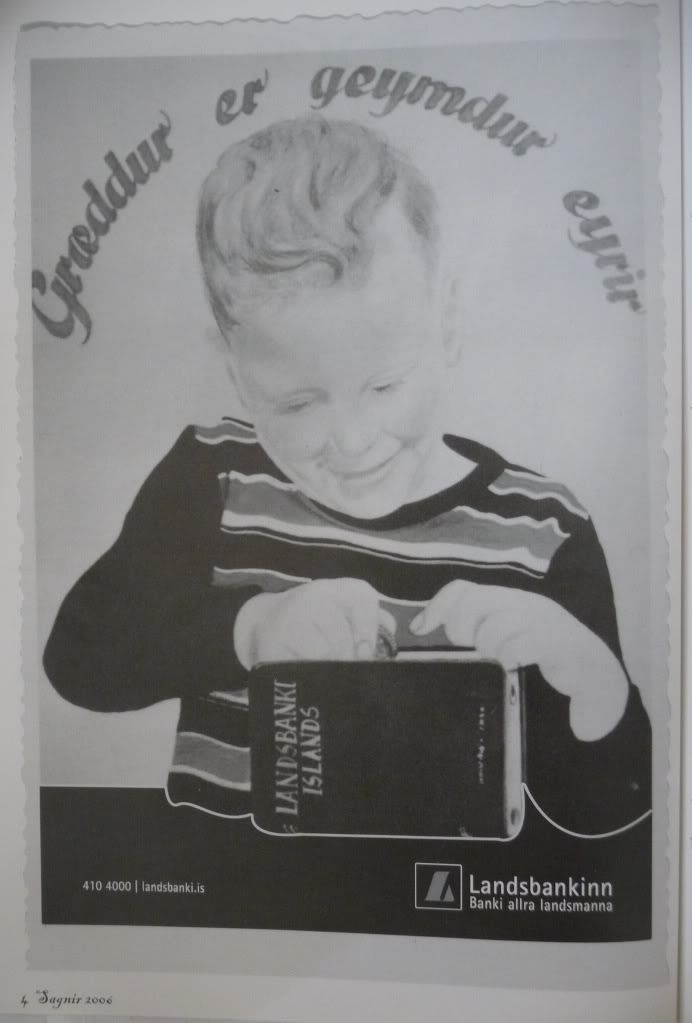

This is a book from 1970.
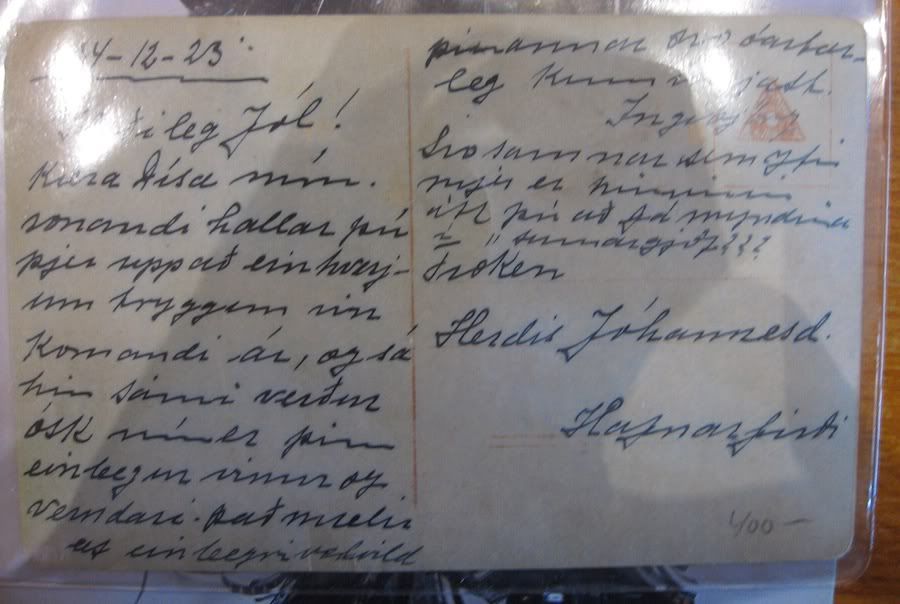
This is a postcard from 1923.
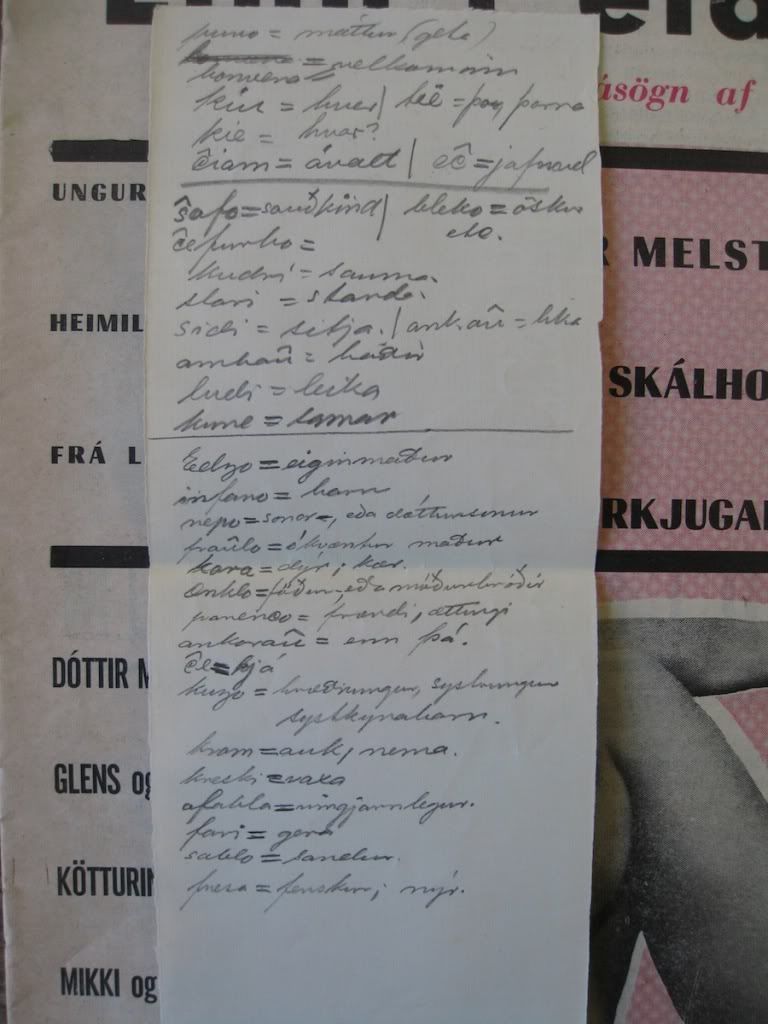
These are notes found in an Esperanto for Icelanders book from 1909.
As you can tell, nothing in the handwriting seems to be as drastically different as in the US, where most people moved from cursive to print. Most Icelanders that I’ve met write in cursive, and my teachers at the University write in cursive but will sometimes demonstrate how letters (æ especially) are written in print.
Here are some photos of old things and ads:

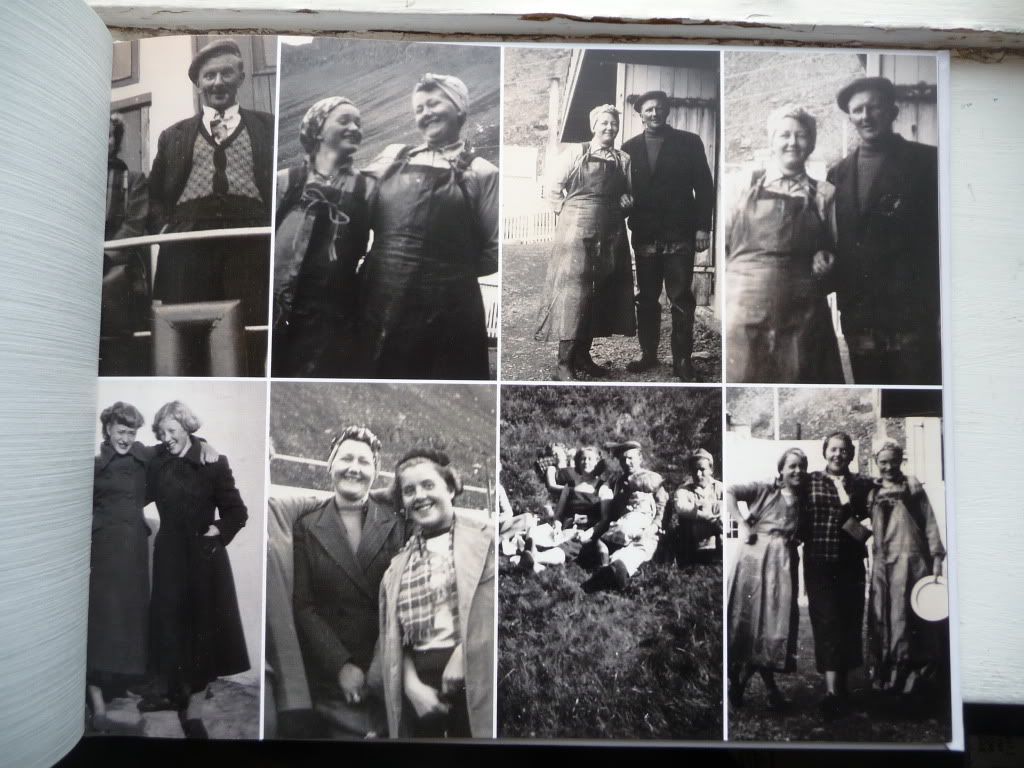
My sixty-five year old landlady’s parents.

Old ads in a Njáls’ Saga museum exhibit.
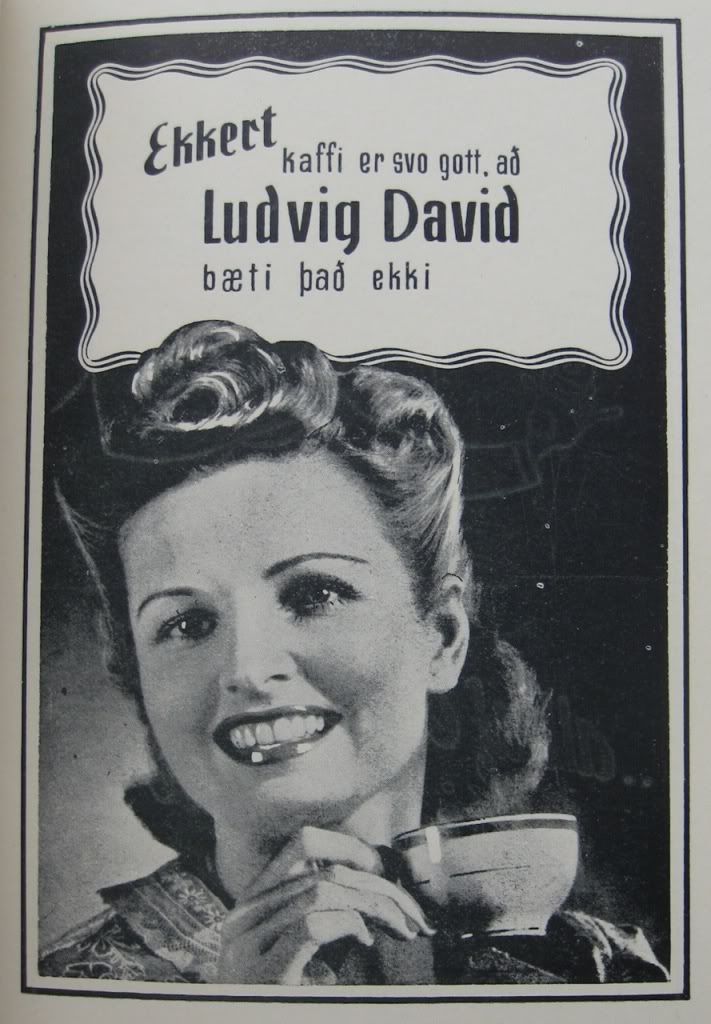
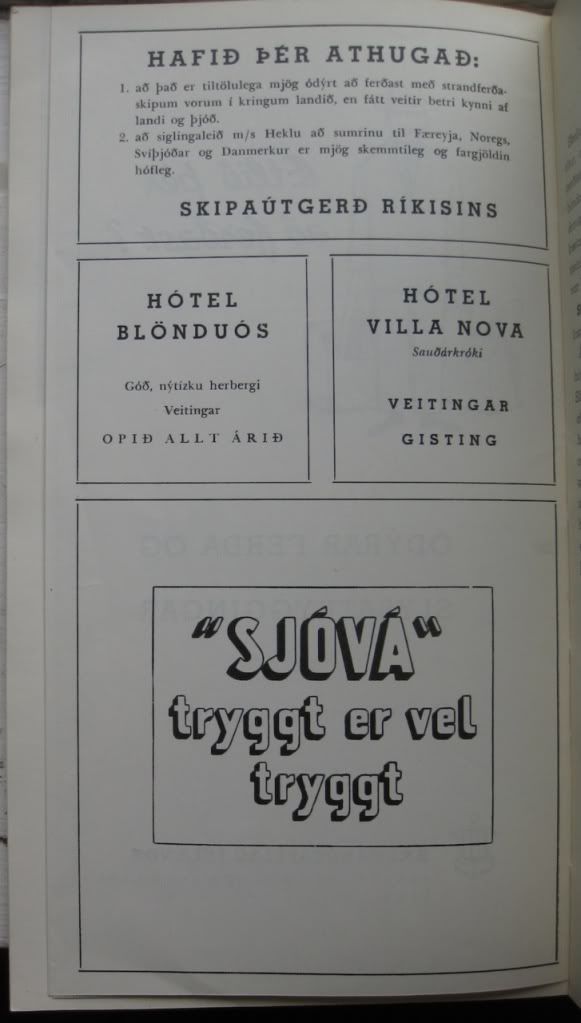
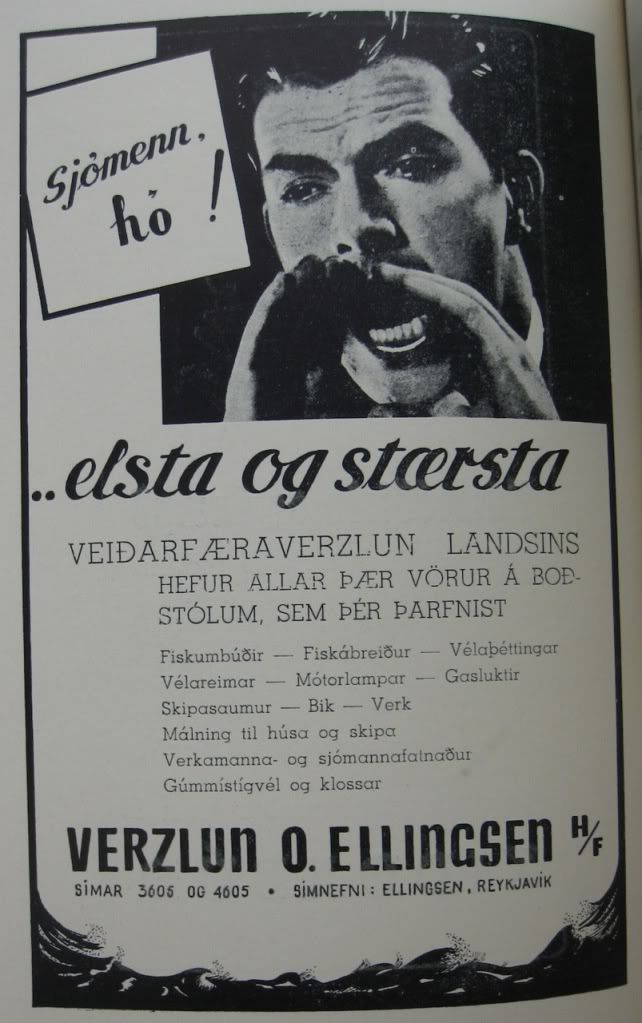
I’ll do a post on WWII in Iceland sometime, but it might not be soon.
Copies of old knitting patterns printed in Icelandic newspapers.
Place where you can download pages of old newspapers.
My tumblr where I have more photos of old stuff from Iceland.
The photo museum of Iceland’s online image gallery (you might be able to buy prints of images from them).
















